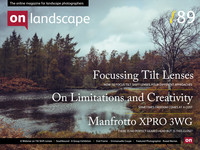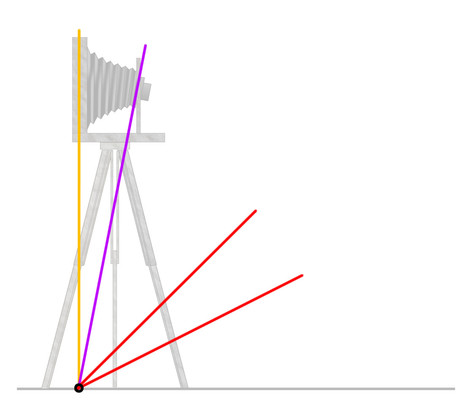Methods for placing the plane of focus where you want it

Tim Parkin
Tim Parkin is a British landscape photographer, writer, and editor best known as the co-founder of On Landscape magazine, where he explores the art and practice of photographing the natural world. His work is thoughtful and carefully crafted, often focusing on subtle details and quiet moments in the landscape rather than dramatic vistas. Alongside his photography and writing, he co-founded the Natural Landscape Photography Awards, serves as a judge for other international competitions. Through all these projects, Parkin has become a respected and influential voice in contemporary landscape photography.
The live stream we recently broadcast about tilt and shift in landscape photography goes through an awful lot of ground on this subject, a lot of which could benefit from some written explanation. I’m not going to try to do all of this in one issue though, so I thought I’d start with an overview of the different ways of focussing a DSLR tilt shift lens. In this issue I’ll show you a method that relies on the way that the camera behaves with tilt and a quick way of applying the technique using look up tables. I’ll also show a method that relies on a point that stays in focus when you tilt and finally an iterative approach. Knowing all of these methods will give you a broad knowledge of what is happening when you change tilt and focus on your DSLR lens.
Scheimpflug’s Hinge Line
The first method I demonstrated in the video was based on Merklinger’s hinge line. More correctly it’s actually Scheimpflug’s Hinge Line. Merklinger’s Hinge Line is a second condition that combined with Schiemplug’s Hinge Line defines the focal plane - more later.
This says that the plane of the sensor or film meets the lens plane at a line and that the focal plane will also pass through this line. If we look a side view of the camera, things become clearer working in two dimensions.


